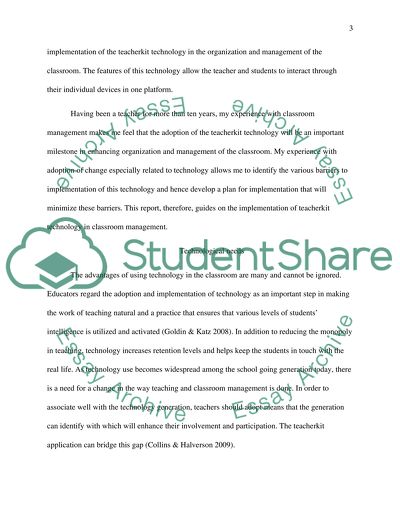Cite this document
(“Technology plan Assignment Example | Topics and Well Written Essays - 2000 words - 1”, n.d.)
Retrieved from https://studentshare.org/education/1661395-technology-plan
Retrieved from https://studentshare.org/education/1661395-technology-plan
(Technology Plan Assignment Example | Topics and Well Written Essays - 2000 Words - 1)
https://studentshare.org/education/1661395-technology-plan.
https://studentshare.org/education/1661395-technology-plan.
“Technology Plan Assignment Example | Topics and Well Written Essays - 2000 Words - 1”, n.d. https://studentshare.org/education/1661395-technology-plan.


